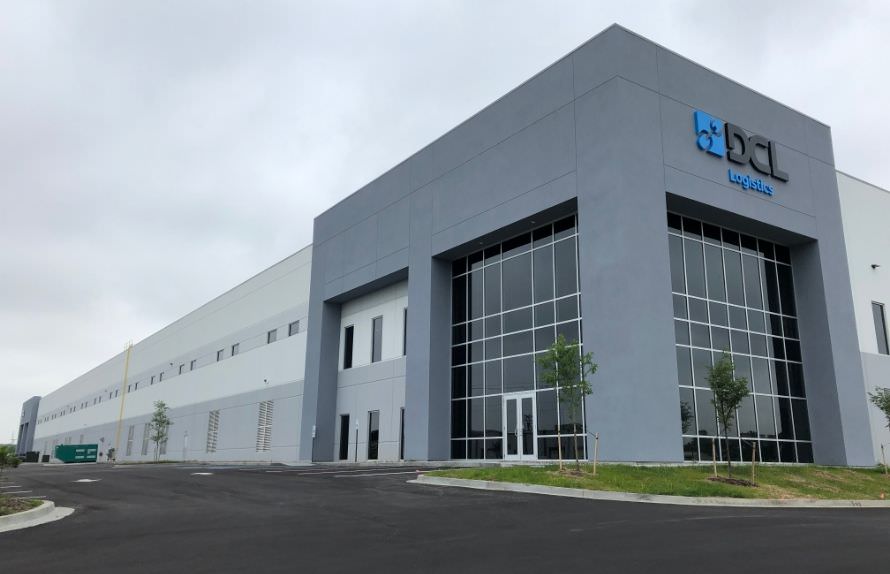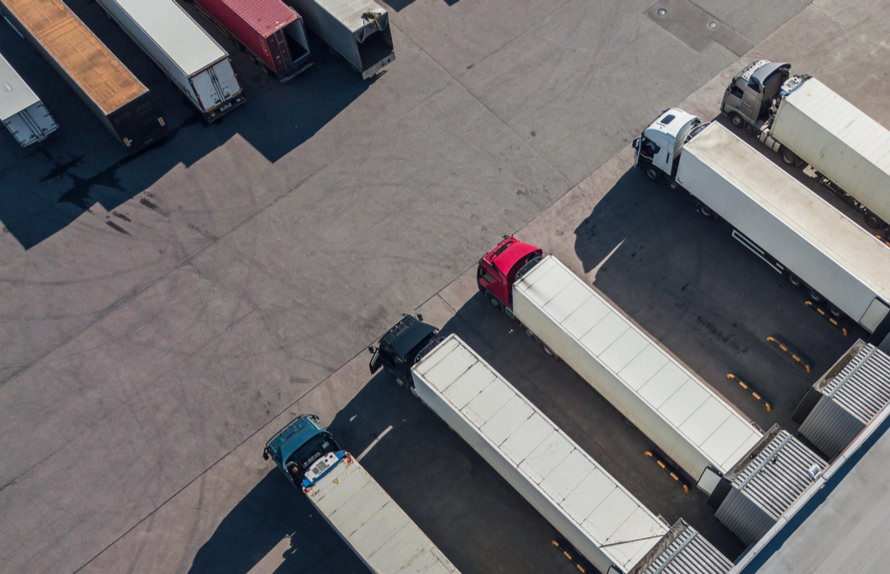
This article was contributed by the staff at StreamTech Engineering
As ecommerce operations scale, the pressure to fulfill faster, more accurately, and with fewer resources continues to rise. For many brands, warehouse automation feels like the natural next step—but the path to a successful implementation isn’t always clear.
The truth is, adding automation isn’t just about buying equipment. It’s about investing in a system that fits your fulfillment flow, integrates cleanly with your tech stack, and supports future growth.
Key considerations when modernizing your warehouse automation systems to support high-growth ecommerce brands include:
- Set up your performance metrics and KPIs. Infrastructure changes you make will only be as good as their ability to meet your overall business goals.
- Audit your warehouse to ensure you’re maximizing the space. Automation systems won’t fix inefficiencies.
- Add the automation solutions you need, as you need them. Don’t try and boil the ocean by redesigning your whole warehouse at once.
- Ensure your new solutions is purpose-built to integrate hardware and software to give you a fluid comprehensive system.
Define What Success Looks Like
Automation should solve specific operational pain points—not create new ones.
Before exploring automation solutions, take time to clearly define what you need the system to achieve. Are you running out of space for manual processes? Are too many human touches slowing down your throughput? Are chargebacks or labeling errors cutting into your margins?
There are many challenges that automation can address—but only if they’re identified and prioritized from the start. For 3PLs, automation is key to consistently meeting the SLAs (Service Level Agreements) for the brands they support—where speed, accuracy, and reliability are essential.
Common indicators it’s time to automate:
- You’ve expanded your product range and manual workflows can’t keep up.
- Labor-heavy tasks are creating bottlenecks or requiring more floor space than you have.
- Accuracy issues are driving up costs or leading to carrier chargebacks.
- Your operation is running at—or beyond—maximum capacity.
- Orders require too many manual scans, weigh-ins, or labeling steps.
- Rate shopping or dimensional weight errors are affecting your bottom line.
When success is clearly defined, you can focus your investment on the areas with the highest return—whether that’s reducing touches, improving throughput, or eliminating avoidable errors. That’s how automation delivers measurable ROI—not just more equipment.
Map Your Fulfillment Flow
Automation should be designed around your real-world process.
No two operations are identical—and automation shouldn’t be either. Before investing in equipment or software, walk through your current order flow from inbound receiving to outbound sortation. Identify where delays, inefficiencies, or labor-heavy tasks exist.
Common areas where we see quick wins:
- Carton induction and order identification
- Packing slip printing and insertion
- Carrier label printing and application
- Sortation to shipping lanes or destinations
Before implementing automation, it’s also important to understand the full context of your operation. A skilled applications engineer will ask questions like: What are your smallest and largest box sizes? Do you handle bags, flats, or bulky items? How does peak season volume compare to a typical day?
These details—along with barcode locations, WCS needs, SKU velocity, and pick complexity—shape the design of a system that truly fits your fulfillment flow.
Start with a Phased Approach
A phased approach helps reduce risk and build internal confidence.
It’s tempting to implement a full warehouse redesign at once—but that can lead to longer downtime and greater costs if not done carefully. A modular, step-by-step rollout allows you to test and optimize as you go.
When piloting automation:
- Ensure it integrates with your current WMS or ERP
- Design for modular expansion across lines or zones
- Involve your operations team early to ease adoption
End-of-line automation is often a smart first step. Systems like a print and apply machine—which scans, weighs, dimensions, labels, and verifies packages in one continuous process—can quickly replace multiple manual stations and provide a fast return on investment.
By consolidating rate shopping, label application, and manifesting into one automated workflow, a print and apply machine allows operations to scale efficiently without adding more complexity to the fulfillment flow.
Prioritize System Integration
The most efficient systems work seamlessly with your data.
Your automation equipment is only as effective as the software controlling it. Real-time communication between WMS, WCS, and carrier platforms ensures orders are processed accurately and efficiently—especially at scale.
A few must-haves:
- Automated label generation and verification
- Real-time data sync between pick/pack and ship
- Visibility into throughput, errors, and performance metrics
It’s important to find providers who can build automation systems purposefully to connect hardware and software into one cohesive flow. You want a comprehensive system that simplifies equipment control, monitors real-time system status, enables on-the-fly configuration changes, and delivers rich operational insights—all critical for running a responsive, high-throughput fulfillment environment.
Well-integrated systems reduce manual rework and improve traceability—key for both in-house brands and 3PLs managing SLAs for multiple clients.
Choose the Right Partners
Long-term success depends on strategic support.
Automation isn’t just about installing hardware—it’s about optimizing your operation. The right partner will help you evaluate your facility, customize your system, and provide long-term support as your needs evolve.
Looks for partners that offer:
- Operational design consultation
- Software and hardware integration expertise
- Responsive support and future-proof solutions
Look for providers with a good reputation and a clientele similar to your warehouse. With such large capital investments, you want a partner, not just another vendor.
Build the Right Team Around the Right Technology
Adding automation infrastructure to your ecommerce warehouse is a big step—but when done right, it unlocks new levels of efficiency, accuracy, and scalability. Start by defining your needs, mapping your workflow, and exploring scalable, integrated solutions.
Whether you’re exploring automation within your own facility or considering a 3PL to support your growth, the right partnerships make all the difference.
About StreamTech Engineering
StreamTech Engineering is a leading material handling systems integrator. With over 18 years in business and 250+ projects, we provide comprehensive fulfillment automation systems using in-house developed WCS software and controls architecture. We incorporate best-of-breed equipment—conveyors, goods-to-person robots, camera vision, and labeling—into complete solutions.
We help warehouse operations leaders address tough e-commerce fulfillment challenges. Our industry-leading technologies for dimensioning, checkweigh, print-apply shipping automation, document insertion, software, and controls deliver superior solutions with clear ROI.
3PLs, D2C e-commerce, cold chain, cosmetics, healthcare, and other distributors rely on StreamTech to solve challenges in labor, throughput, cost control, scalability, and customer satisfaction—driving profitability and warehouse efficiency.







